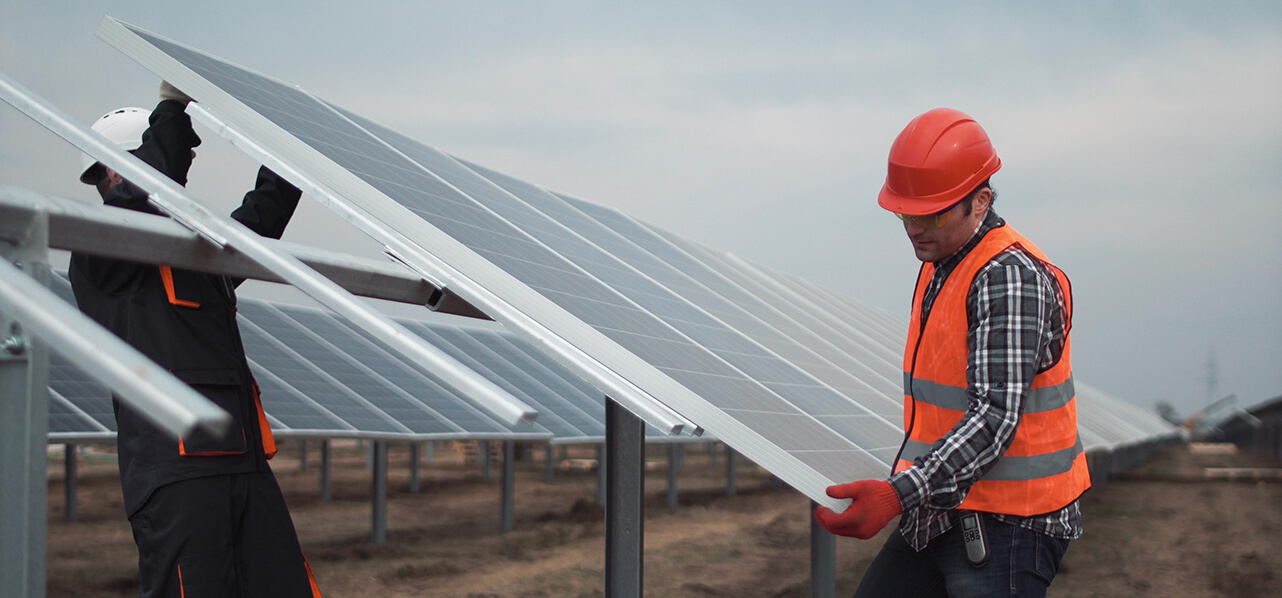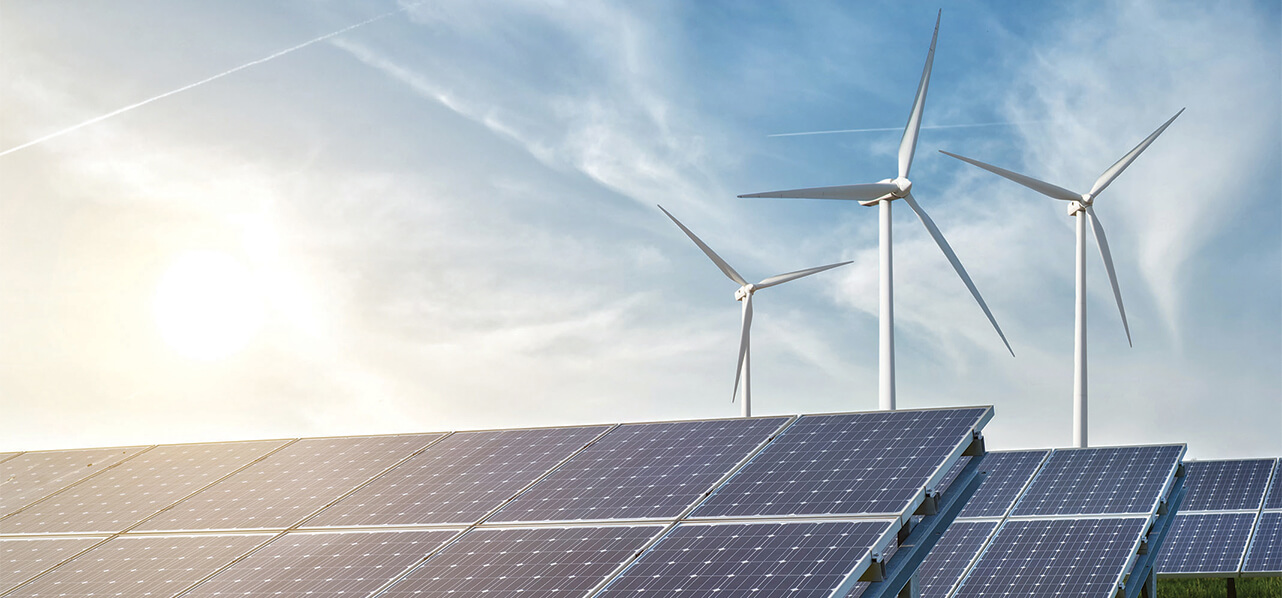Like most infrastructure projects, renewable energy projects are capital intense. Developers, sponsors and other financiers are therefore keen to deploy capital efficiently and often aim to reduce their initial capex or “recycle” funds committed to existing projects such that they can be redirected to new projects. Other investors, such as pension or infrastructure funds and utilities might seek opportunities to commit capital to stable-yield assets long-term. The latter is also true for heavy-industry companies aiming to insource parts of their green energy supply, an increasingly precious commodity given decarbonisation pressures. All of this has led to an increased interest in JV structures for renewable energy investments. While JVs typically operate on the basis of a high degree of alignment of interest, those for infrastructure projects often face the challenge of having to bridge strategic gaps between the JV parties regarding IRR expectations, investment horizons, know-how and other asymmetries.
What are the key challenges in such JV structures and how can they be addressed?




